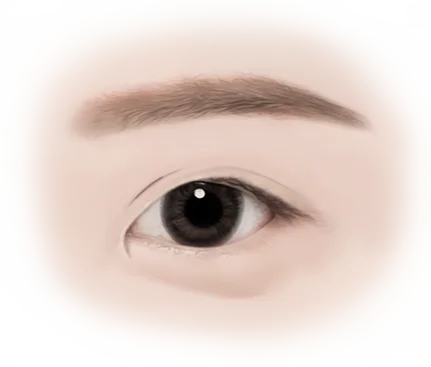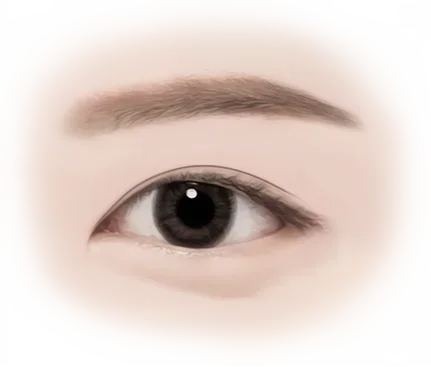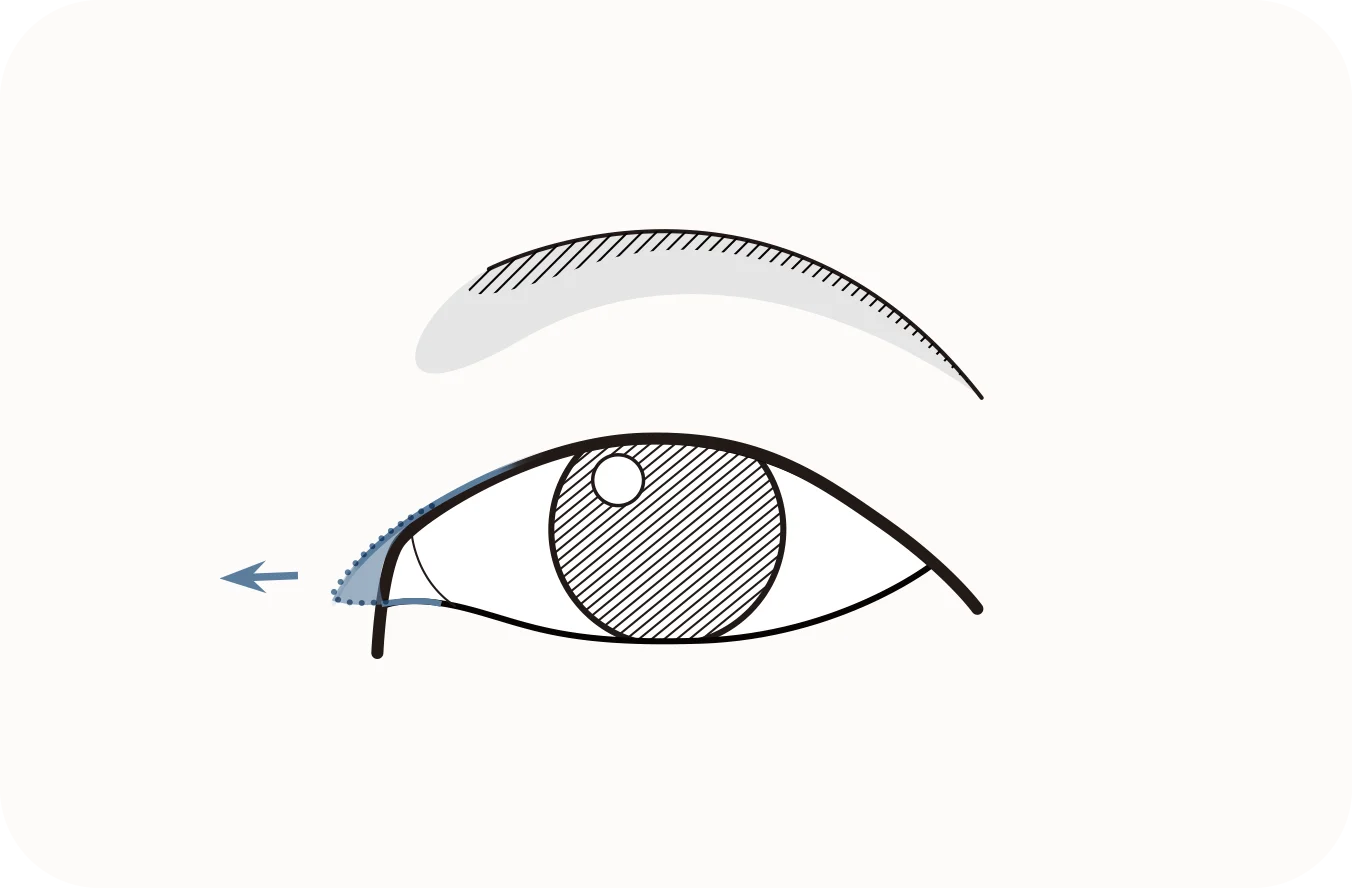Eye plastic surgery

before
Tired-looking Eyes

after
Bright and Open Eyes
After Canthoplasty
Canthoplasty
creating a double eyelid line alone may not be sufficient.
Eye size, shape, and impression can be improved
by performing medial, lateral, and lower canthoplasty individually
or in combination, considering overall facial balance.
Improving Eye Size
and Shape
Enhancing
Facial Impression
345 Youtube
Watch the Video on
Canthoplasty
Dr. Song Insu, eye surgery specialist, explains the canthoplasty techniques and precautions.
345 Youtube
Naturally Enlarging the Eyes
for a Refreshing Look
is customized by considering various angles
and positions, resulting in brighter eyes
and well-defined double eyelids.
First, Personalized Design
Customized design according to each individual’s eye ratio and shape.
Second, Minimal Scar Exposure
Incisions are made delicately near the conjunctival line to minimize scar exposure.
Canthoplasty
345 Plastic Surgery offers
canthoplasty tailored to individual eye shapes.
The procedure enhances horizontal eye length or
adjusts the exposure to create bright and attractive eyes.





Recommended target
Recommended for
these individuals
Are you concerned about surgery?
Feel free to inquire!
01
First, Tired-Looking Eyes
For those whose Mongolian fold covers the inner corner, making the eyes appear heavy.
02
Second, Adjusting Eye Spacing
For those who want to adjust the spacing between the eyes.
03
Third, Softening a Sharp Impression
For those who want to soften sharp-looking eyes.
04
Fourth, Clear and Bright Eyes
For those who want bright and well-defined eyes.

Epicanthoplasty
Removes the Mongolian fold to create a refreshing and open eye shape
by designing the desired inner corner line, making an incision,
and securing the medial canthal tendon after releasing surrounding muscles.


Surgery Time
30 minutes

Anesthesia
Local or Sedation Anesthesia
Hospital Stay
Follow-Up Visits
1 visit
Recovery
Daily activities can be resumed on the same day

Lateral Canthoplasty
Effective for lowering the outer corner of the eye to soften a sharp impression
and widen the horizontal length of the eyes.
The lateral canthus is fixed to the periosteum to prevent recurrence.


Surgery Time
30 minutes

Anesthesia
Local or Sedation Anesthesia
Hospital Stay
Follow-Up Visits
1 visit
Recovery
Daily activities can be resumed on the same day

Low Canthoplasty
Adjusts the angle of the lower eyelid to increase vertical height
and create a softer and gentler impression.
The lower tarsal plate is fixed to the fascia for optimal results.


Surgery Time
30 minutes

Anesthesia
Local or Sedation Anesthesia
Hospital Stay
Follow-Up Visits
1 visit
Recovery
Daily activities can be resumed on the same day

Upper Canthoplasty
Combines medial canthoplasty, ptosis correction, and double eyelid surgery
when necessary to create larger, softer eyes.


Surgery Time
30 minutes

Anesthesia
Local or Sedation Anesthesia
Hospital Stay
Follow-Up Visits
1 visit
Recovery
Daily activities can be resumed on the same day
Frequently Asked Questions
About Eye Surgery
Is it okay to undergo eye and nose surgery at the same time?
It is fine to undergo eye and nose surgery either simultaneously or separately.
Although they are anatomically close, it is not mandatory to perform them together.
However, having both surgeries at once allows you to complete the recovery process in a single period.
Why does under-eye fat form?
Under-eye fat exists to protect the eyes.
While many believe that only soft tissue and skin change with age, bone structure also alters.
The volume of orbital fat shifts downward with aging, pushing against the septum, muscle, and skin, leading to under-eye bulging.
Depending on individual elasticity and firmness of soft tissue, some may develop noticeable under-eye fat at a younger age, while others may see it emerge as they age.
What is the difference between double eyelid surgery and ptosis correction?
Double eyelid surgery creates a double fold considering the overall facial balance, while ptosis correction strengthens the muscles responsible for eye-opening, often referred to as sleepy-eye correction.
Some mistakenly believe both procedures are always necessary together, but ptosis correction is not essential for all double eyelid surgeries.